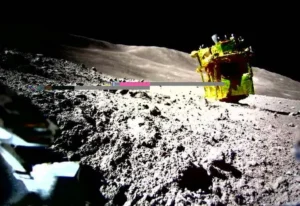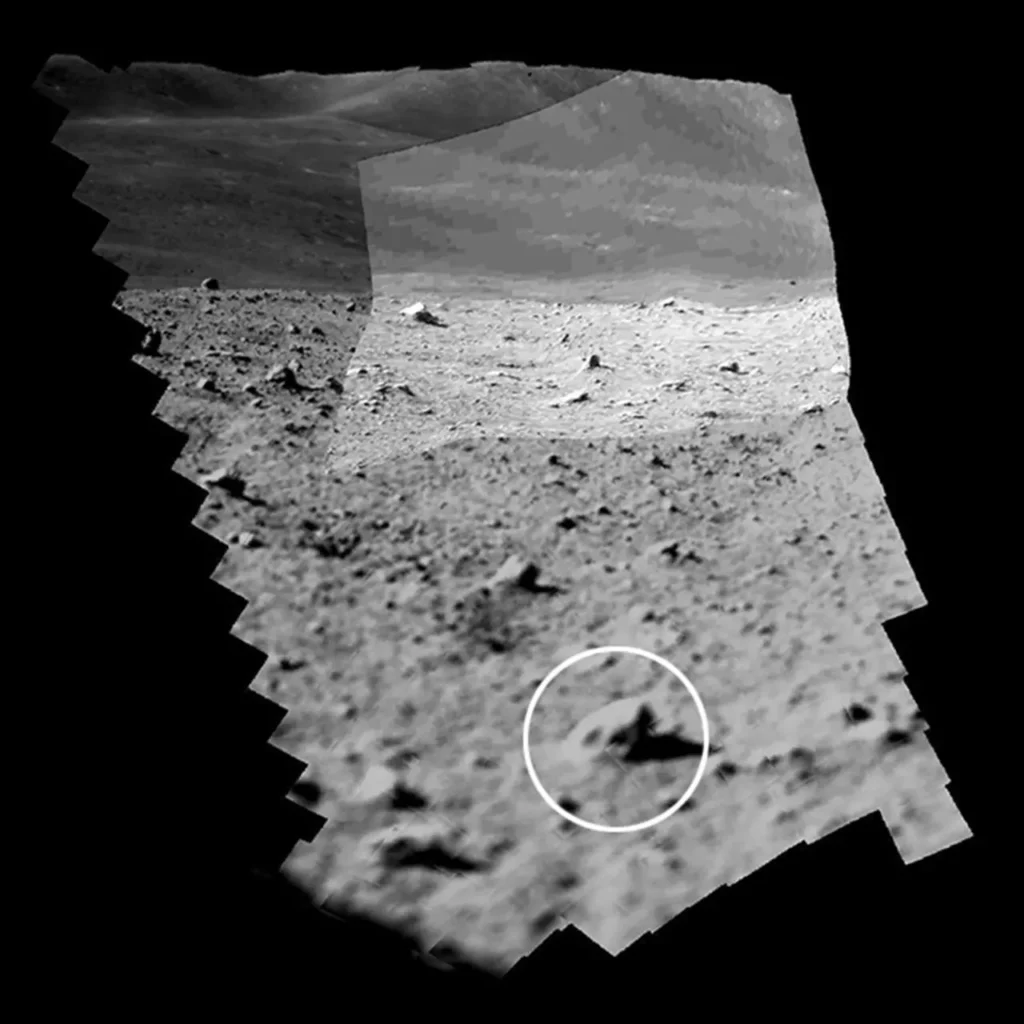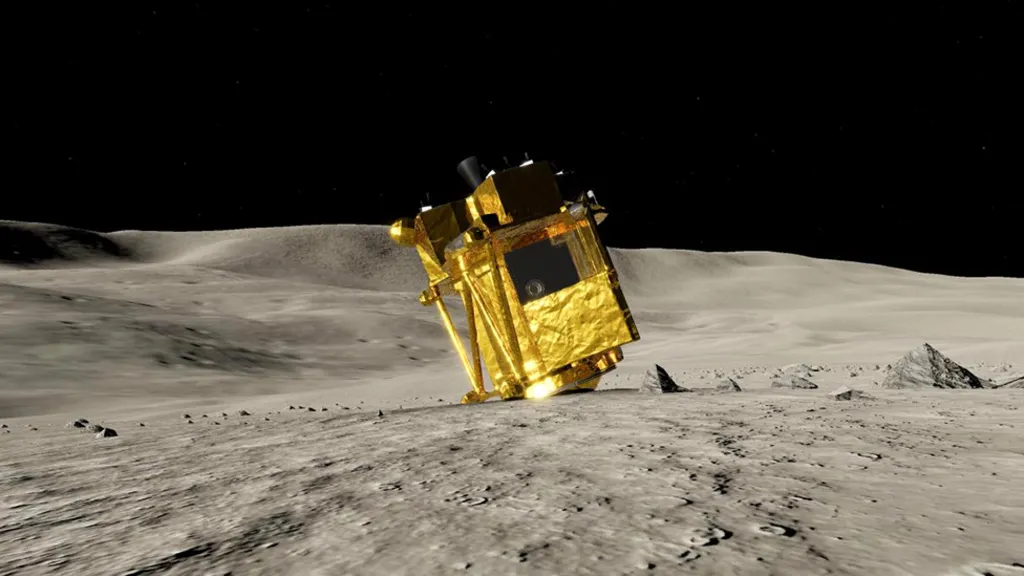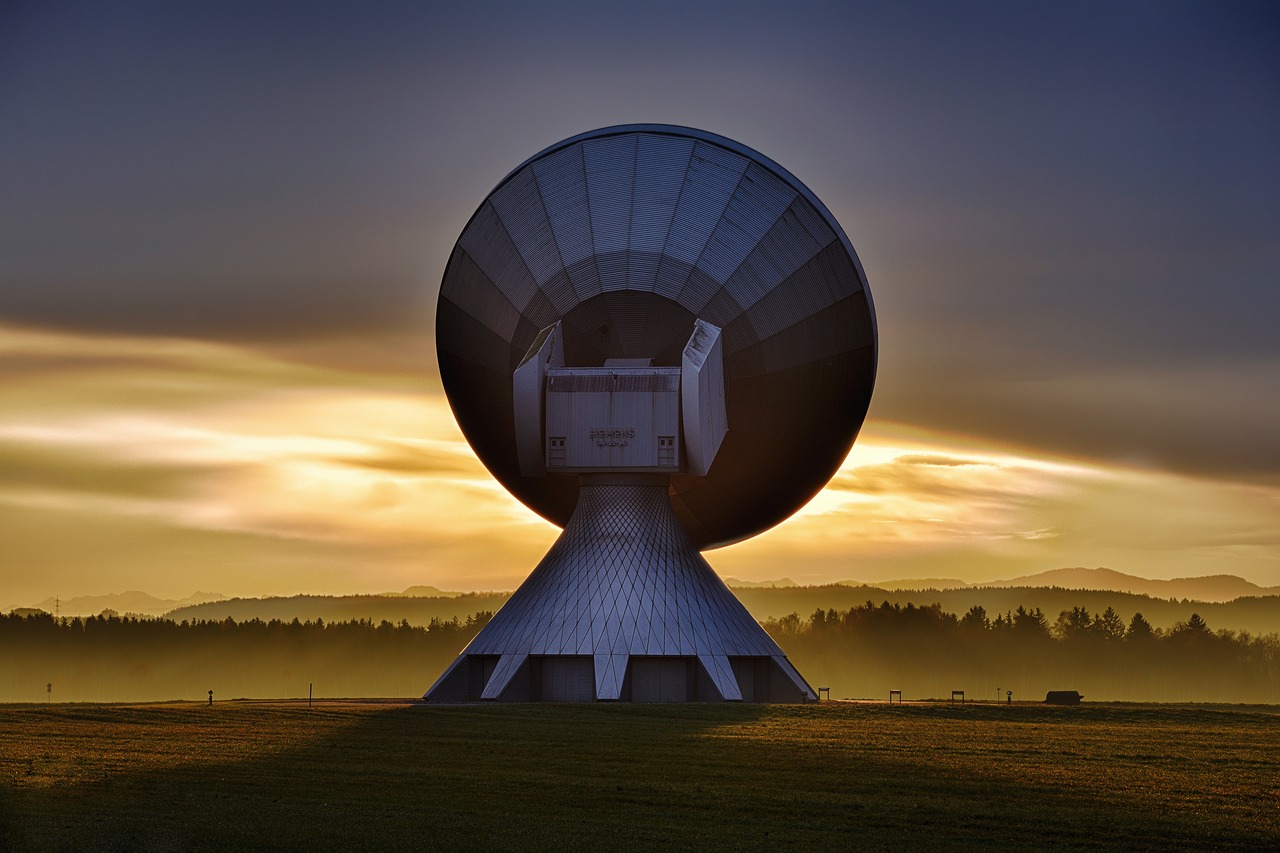Japan’s lunar lander, Slim, has resumed its mission following a week-long hiatus caused by a power supply issue. The Japan Aerospace Exploration Agency (Jaxa) announced that communication with the lander was re-established on Sunday, signaling the resolution of the glitch. The solar cells on Slim are now operational again, benefiting from a change in lighting conditions that allowed them to receive sunlight. The initial problem arose when the solar cells were positioned away from the Sun during the landing on January 20.
Slim, part of the Smart Lander for Investigating Moon (Slim) spacecraft, achieved a soft touchdown on the Moon, making Japan the fifth country to accomplish this feat after the US, the former Soviet Union, China, and India. The lander operated on battery power for several hours before being temporarily shut down, giving authorities the opportunity to potentially recover electricity when sunlight angles changed.
Jaxa shared a photo taken by Slim of a nearby rock, playfully dubbed a “toy poodle,” on social media. The lander’s primary goal is to analyze the composition of rocks, seeking insights into the moon’s origin.

Slim made an unprecedented pinpoint landing at the edge of the equatorial crater Shioli, within 55 meters of its intended touchdown point. This precise landing technology holds promise for future exploration of hilly Moon poles, which are considered potential sources of fuel, water, and oxygen.
The Slim mission follows previous unsuccessful attempts by Japan, including one by the start-up iSpace, whose lunar lander crashed due to its onboard computer misinterpreting altitude information.
Jaxa has not specified how long Slim will operate on the Moon, emphasizing that the lander was not designed to withstand lunar nights, which last about 14 days when the Moon’s surface is not exposed to the Sun.
Landing on the Moon has historically proven challenging, with only about half of all attempts succeeding. Prior to Japan, India achieved a successful lunar landing with its Chandrayaan-3’s rover near the lunar south pole in August 2023, a previously unexplored area. Recent lunar missions by a private US spacecraft and Russia ended in failure, with the former concluding in flames over the Pacific and the latter crashing into the Moon after losing control.










Leave a Reply